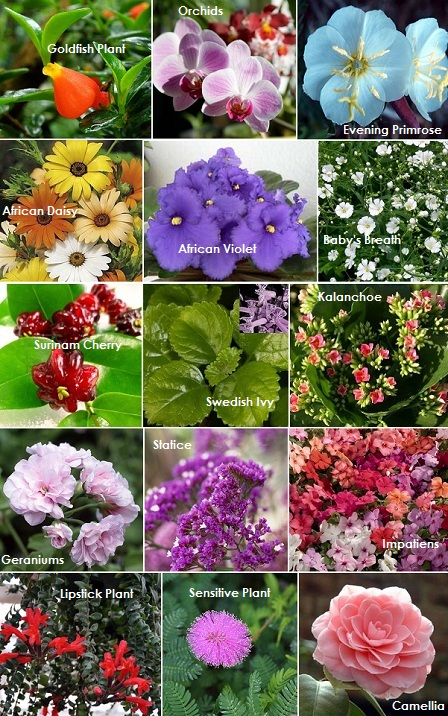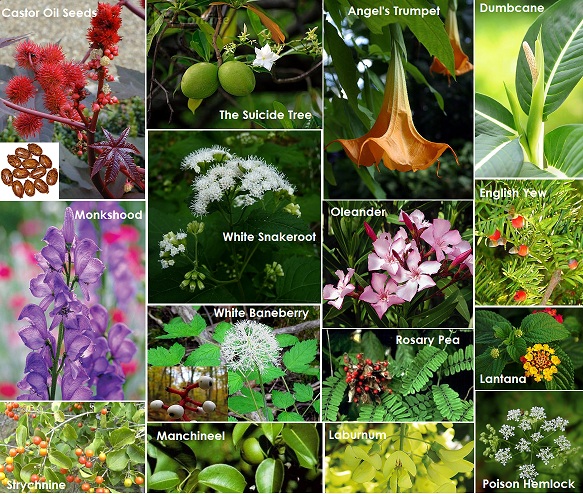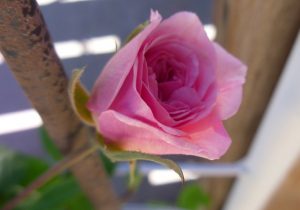In just a few days, the month of January will come to an end and a few more days after that, the month of February too, will come to past. We will then be in March. I don’t know about some of you, but I am very excited and looking forward to Spring (when Nature looks lively and plants start to grow). After purchasing and planting my Bulbs last November, I made my Garden to do list. I got new plants for my huge planters and as soon as the weather warms up, the Weed Eater and other gardening tools will receive a good tune-up.
Last month, I compiled a list of Toxic Plants and today I am sharing a list of Safe/Non-Toxic Plants (this is just a few). Please, do remember that even though most of this plants are safe to Humans, they can be dangerous to pets, some livestock and they can also cause skin irritations to some individuals. Be cautious.
|
|


Though Non-Toxic, the following plants can cause skin reaction (sharp leaves, spines, sharp edges, thorns, glochids, leaf hairs, and irritant fibers):
|
|

Image Source: ImageJuicy, EasyBloom, 123rf, Wikipedia, HowStuffWorks, BHG, National Park Service, Cambridge 2000
Click here and here for information on how to relieve Skin Irritation from Plants.


















